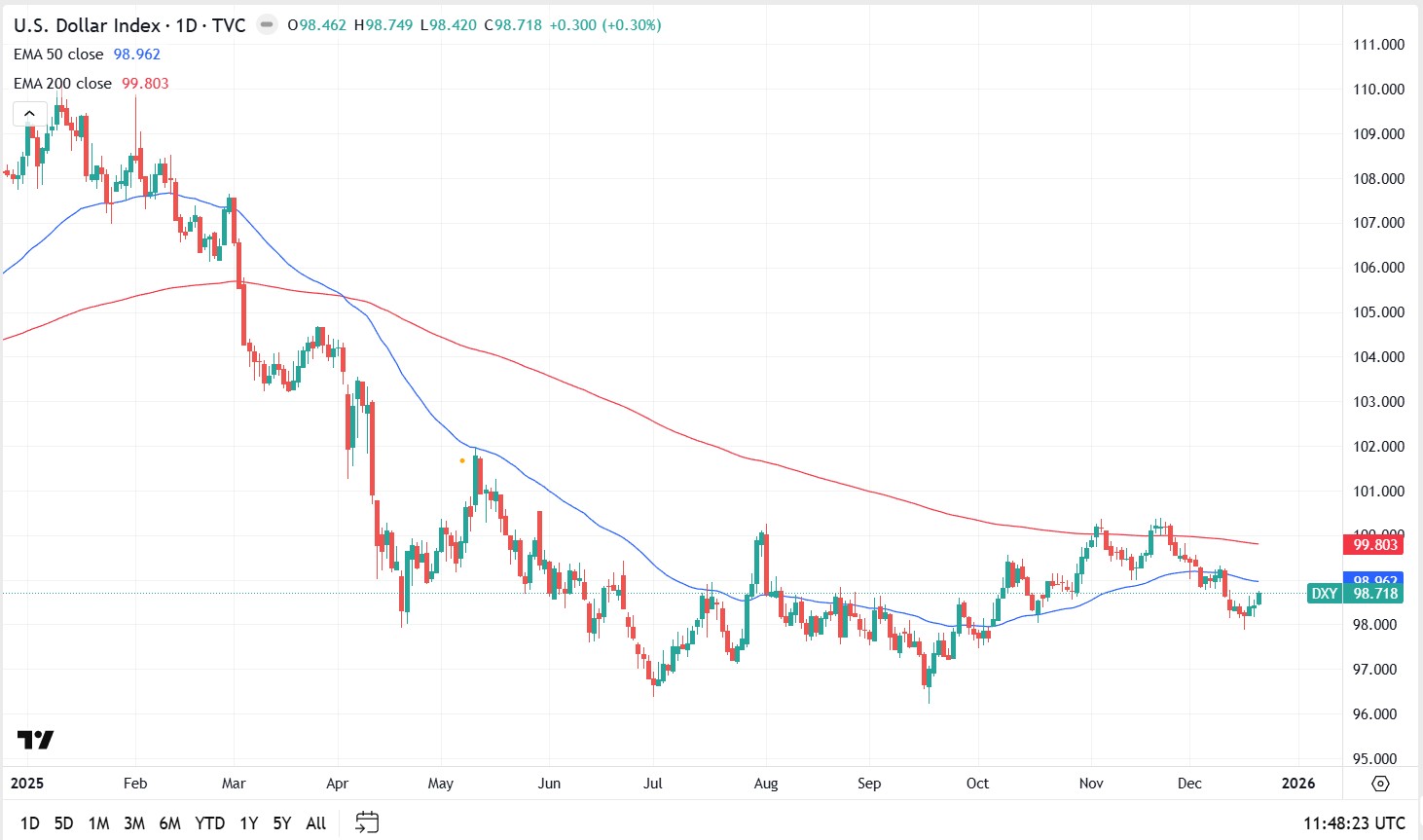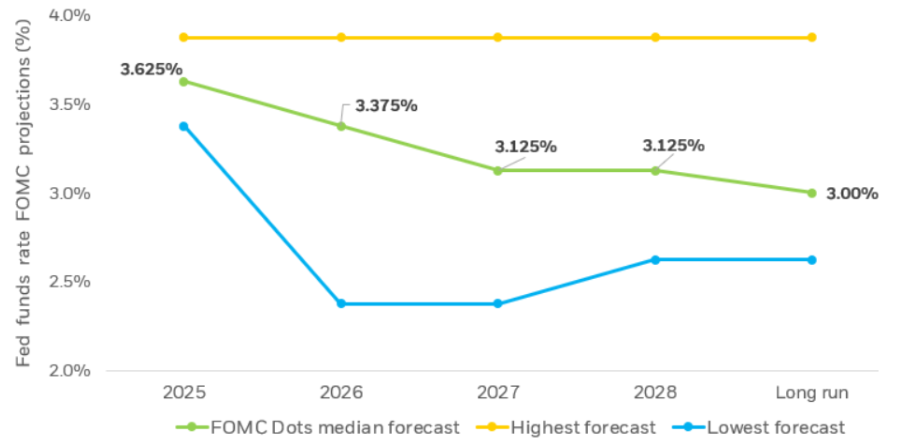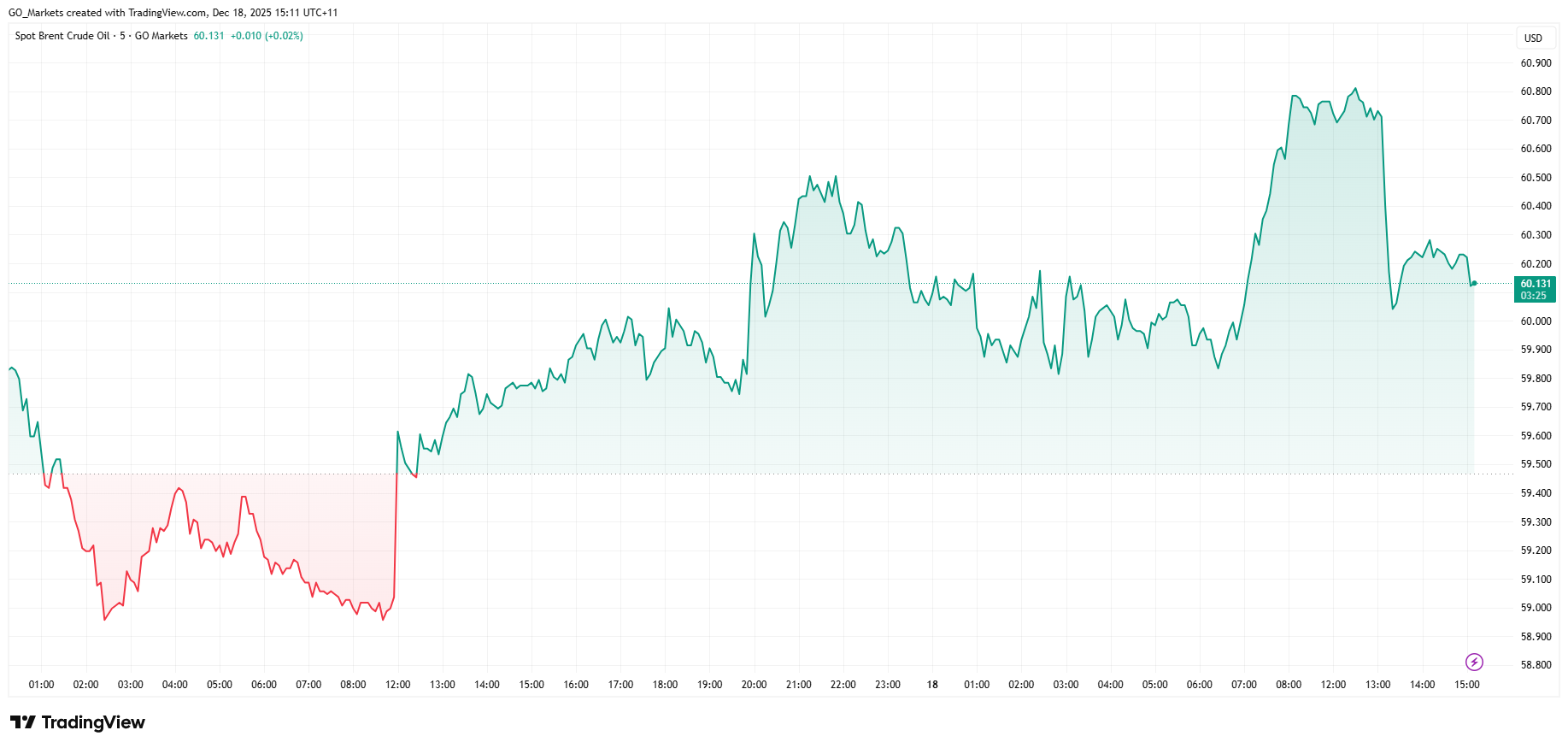Scaling in and out of positions is one of the most effective ways to maximise opportunity while managing risk. But it is also one of the easiest areas to let emotions take over, rather than having a clear systemised set of rules within a trading plan.If done well, scaling in can help you capitalise on strong trends without taking excessive initial risk, and scaling out can protect profits while still leaving room for the trade to run. If done poorly, it can lead to overexposure, premature exits, and a confused trading record that is difficult to evaluate.
Your Scaling Checklists
By having clearly defined rules for scaling in and out, you remove uncertainty during live market conditions, create consistency, and ensure that each of your trading actions aligns closely with your overall risk and performance objectives.Use the checklists below to help create your own rules and integrate these criteria into your written trading plan.
Scaling In Checklist:
CategoryChecklist ItemPre-Trade Plan for ScalingScaling strategy defined before entry (pyramiding, fixed lot add-on, % equity add-on, etc.) Maximum total exposure per instrument set (lots or % of account) Price level(s) or technical conditions for add-ons are pre-defined Risk per add-on is calculated, sothe combined stop placement keeps the total risk within the planTechnical & Market Conditions CheckOriginal trade is already in profit by a set buffer (e.g., +1R or above breakeven) Market structure still supports the trade thesis (trend intact, no reversal signs) Key support/resistance is not immediately ahead of the price Volatility and liquidity remain healthy — no widening spreads or news shock riskExecution RulesAdd-on triggered by pre-defined signal — technical pattern, breakout, retracement entry Stop-loss for add-on set, so the combined position risk is controlled Position size adjusted to account for existing open risk All add-ons logged in a journal with rationale and levelRisk ContainmentHave a defined cap on the number of scale-ins (e.g., max 3 total entries per trade) Combined positions’ stop reviewed and adjusted where appropriate Portfolio correlation checked — scaling in doesn’t overexpose to a single asset class
Scaling Out Checklist:
CategoryChecklist ItemPre-Defined Scaling Out RulesProfit targets for partial closes set in advance (price levels, trailing stops, % move) Minimum portion to leave running defined — e.g., 25% of position Scaling method chosen, e.g., fixed lots, % of original size, ATR-based, or structure-basedMarket & Trade Condition CheckPrice has reached the first profit-taking zone (support/resistance, measured move, fib level) Technical signs of slowing momentum or potential reversal are visible Volatility spike or news risk approaching that could threaten open profits Trade has met or exceeded the minimum R target — e.g., 2RExecution RulesPartial close executed according to plan — no hesitation or emotional overrides Stop-loss on remaining position tightened if conditions warrant Take-profit levels for the remaining position are re-evaluated after partial closePost-Scale ReviewDocument in journal: reason for scaling out, % closed, remaining size, new stop Track performance impact of scaling — did partial exits improve net profitability or reduce potential gains? Adjust future scaling-out rules based on review data
Final Thoughts
The goal of scaling in and out is not to make a trade “feel” safer or more profitable, but to execute a pre-planned sequence of actions that have the potential to enhance your overall performance and better meet your trading goals. Whether you are attempting to add to an existing position or lock in gains for a specific trade, every adjustment should be intentional, tested, and documented.This disciplined approach can help turn your scaling approaches into something of consistent benefit, rather than a hit-or-miss, heat-of-the-moment type of tactic that most traders use.
















